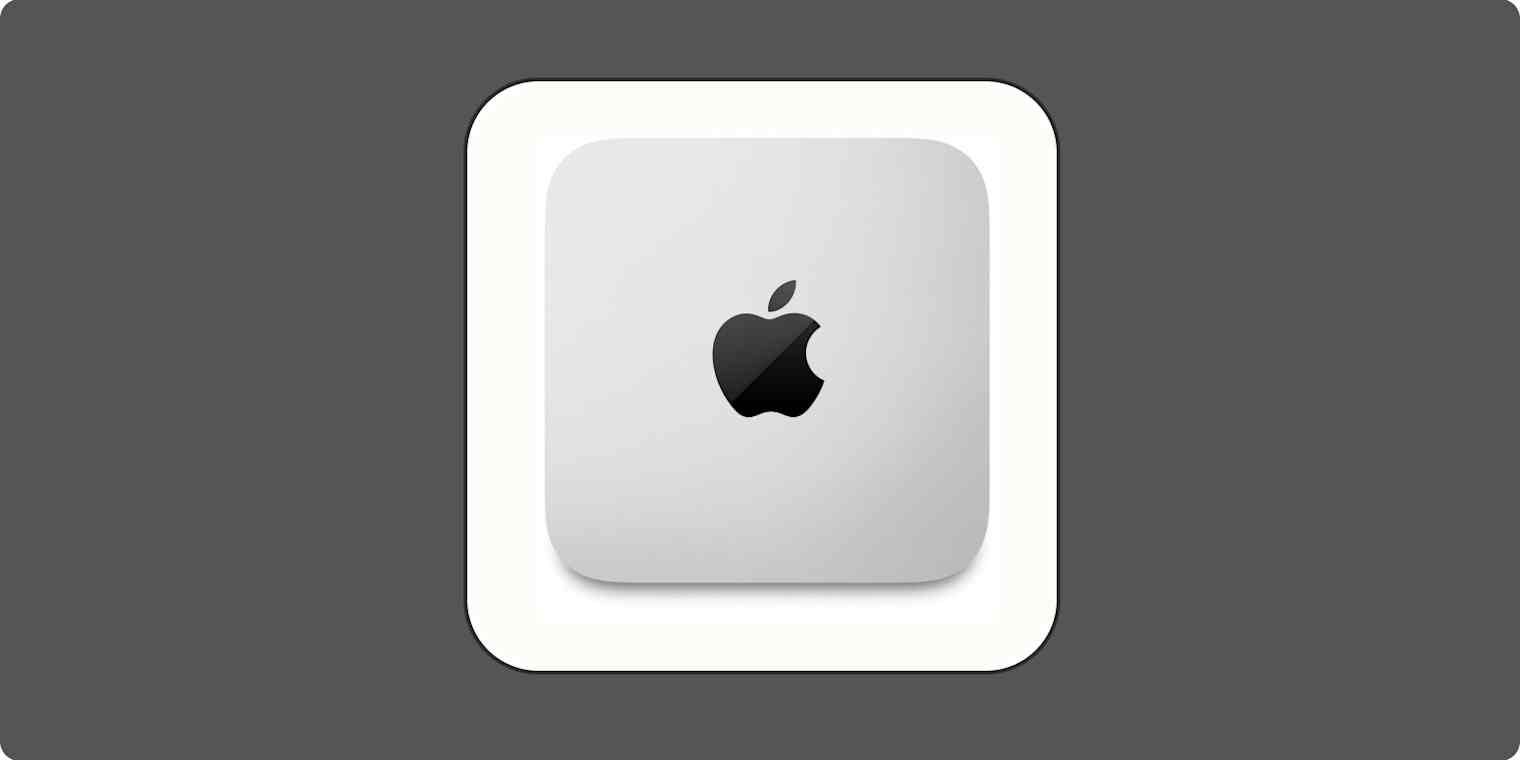Best apps
20 min readThe best productivity apps for Mac in 2025
By Nicole Replogle · November 21, 2024

Get productivity tips delivered straight to your inbox
We’ll email you 1-3 times per week—and never share your information.
Related articles
Improve your productivity automatically. Use Zapier to get your apps working together.







